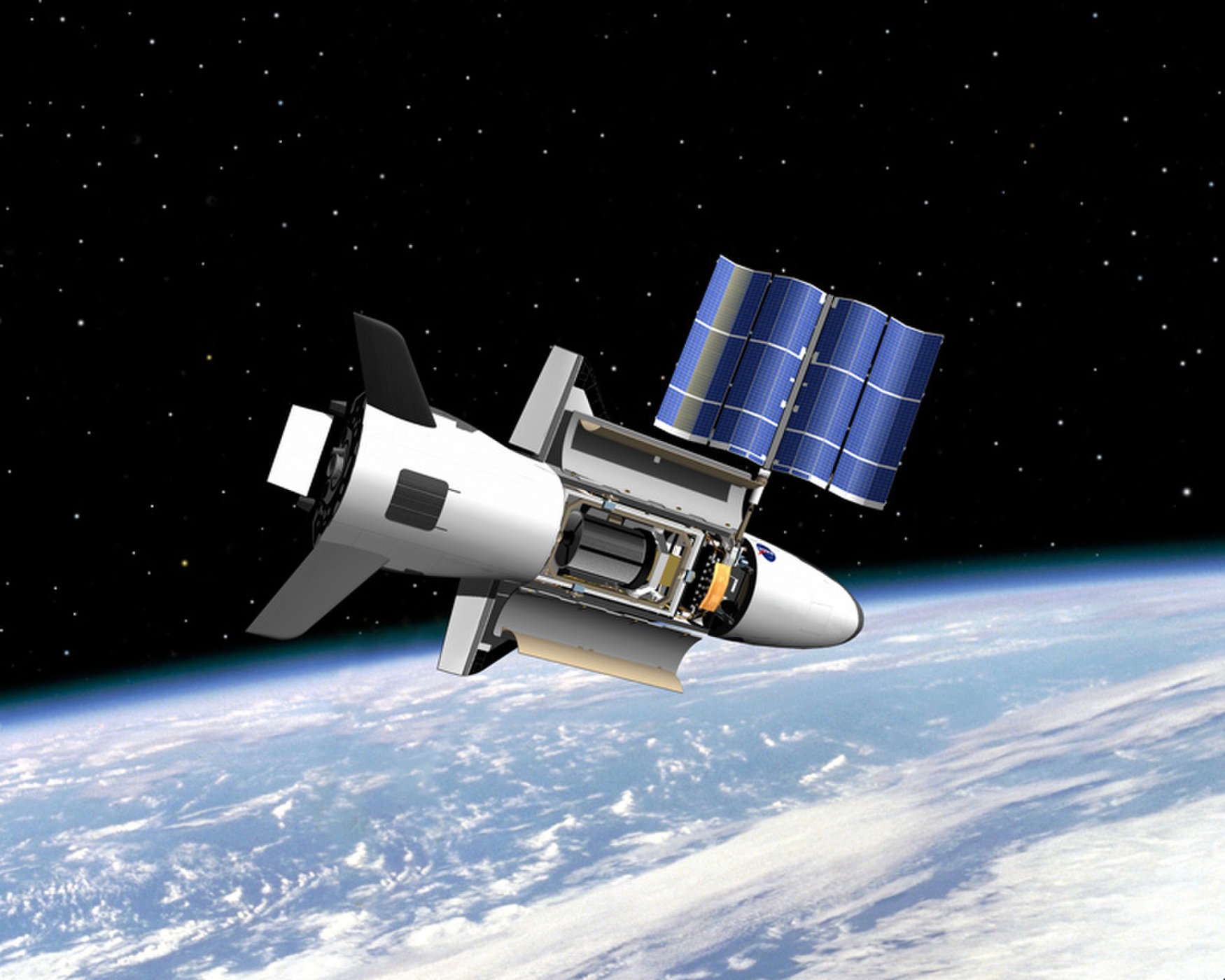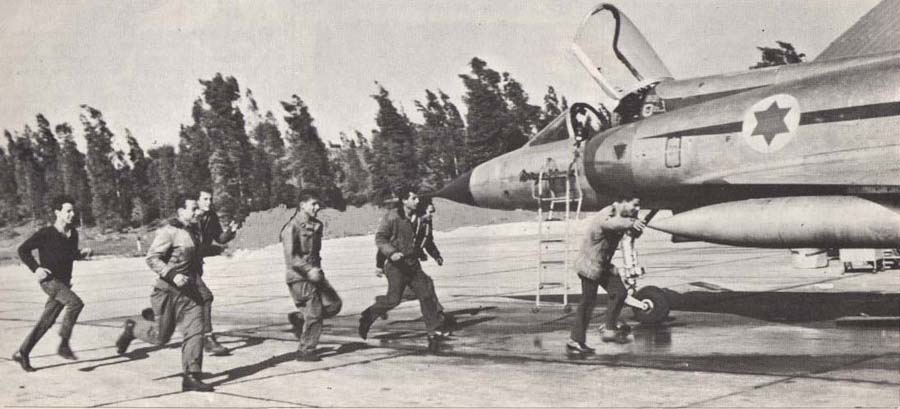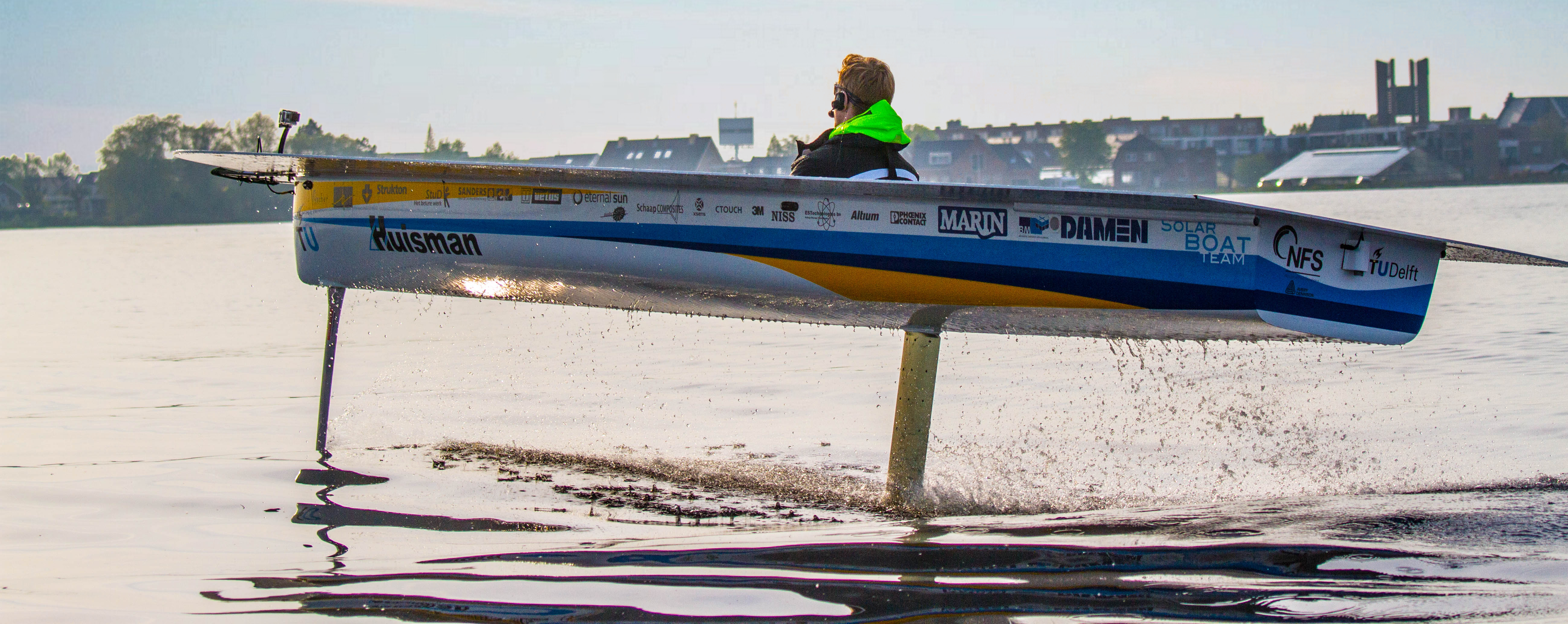Boeing X-37 Mystery Mission
The U.S. Air Force's unmanned space plane X-37 is one of the most mysterious spacecraft ever. It is known as the Orbital Test Vehicle and its primary objective is to test advanced spacecraft technologies. The program is classified, therefore it remains a secret what the tested technologies are. The X-37B was launched on 20 May 2015, this is the fourth X-37 mission and it is still in progress. The X-37B space plane has been in orbit for almost two years now and broke an orbital record when it hit 675 days in orbit around Earth on March 25th 2017.
Concept of U.S. Air Force's X-37B in orbit [NASA Marshall Space Flight Center]
The X-37 program began as a NASA project in 1999 after which it was transferred to the U.S. Department of Defence in 2004. The X-37B spacecraft...










